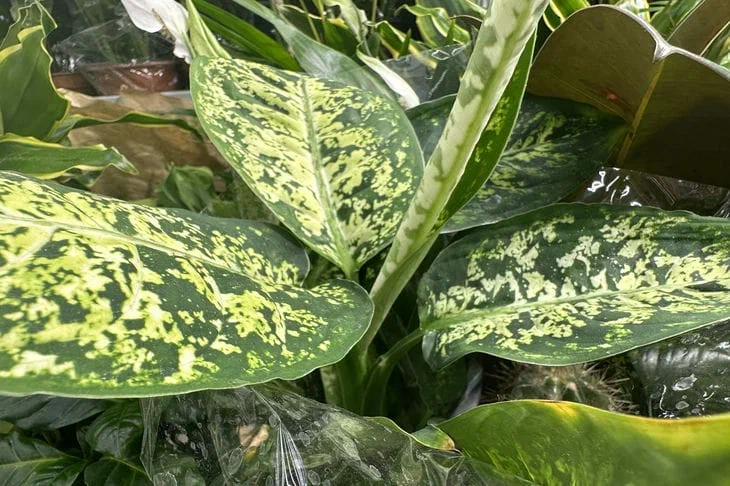What plants are aggressors: who would have thought, but not only hogweed grows in our latitudes
It may seem that the aggressive plants are somewhere not in our region, not on our continent, but somewhere in the Amazon jungle.
Not so. We have plenty of parasitic plants that spread to places where they are not naturally found, and it is not just hogweed. Many of them set real anti-records.
Plant-aggressor
Such species pose a threat to the natural biodiversity of a particular area. They are aliens and pose a threat to agriculture, forestry, and sometimes even human health.
Some people mistakenly believe that the problem lies only in Sosnowsky's hogweed. No.
Box Elder Maple
It is also known as American or Californian maple.

The tree poses a threat to parks and forest plantations, is frost-resistant, takes root in any soil, grows rapidly and is not susceptible to air pollution.
Forms multi-level thickets, has strong root shoots, and releases inhibitors into the soil, which affects natural biological diversity.
Box elder is considered the most aggressive weed in the forests of Eurasia.
Goldenrod
A herbaceous perennial plant that is mistakenly grown by summer residents in their flower beds.
It develops independently and uncontrollably, is winter-hardy, but, just like the American maple, it displaces everything that comes its way.
The most dangerous are considered to be the Canadian and giant goldenrod.
Lupine polyphyllus
This is a green manure from the legume family. When left unchecked, it forms dense thickets.
Displaces natural vegetation and grows in any soil.
But unlike its predecessors, it does more good than harm – it improves the composition of the soil and drives away many pests.
Earlier we told you which tea is considered the healthiest in the world.
